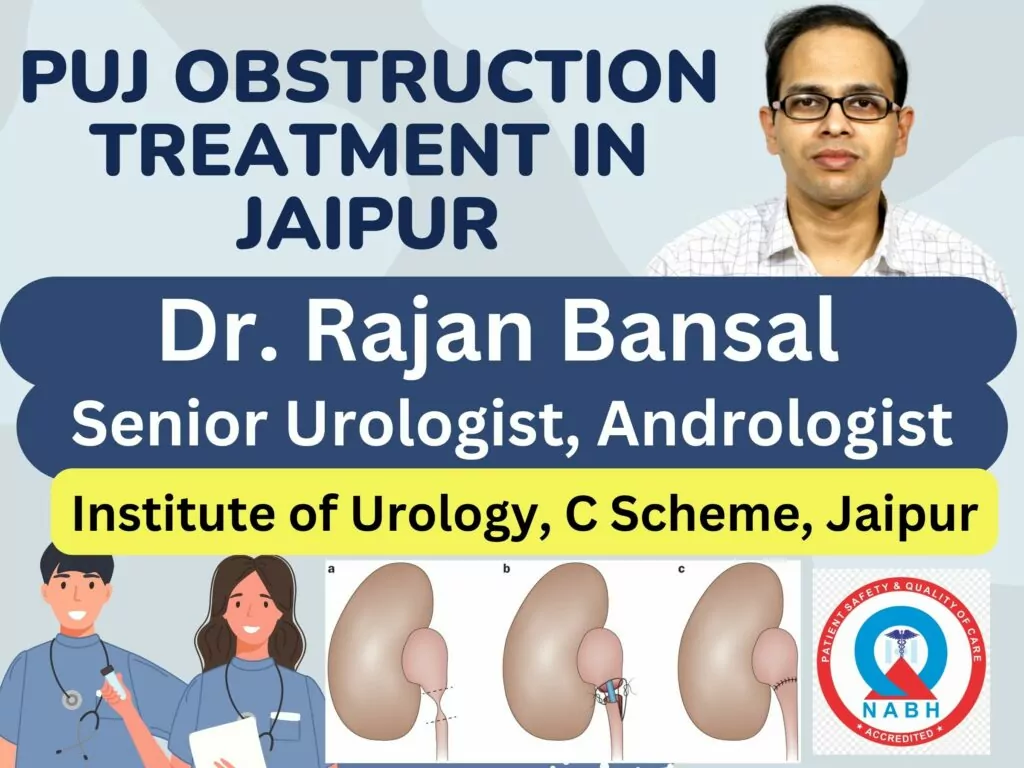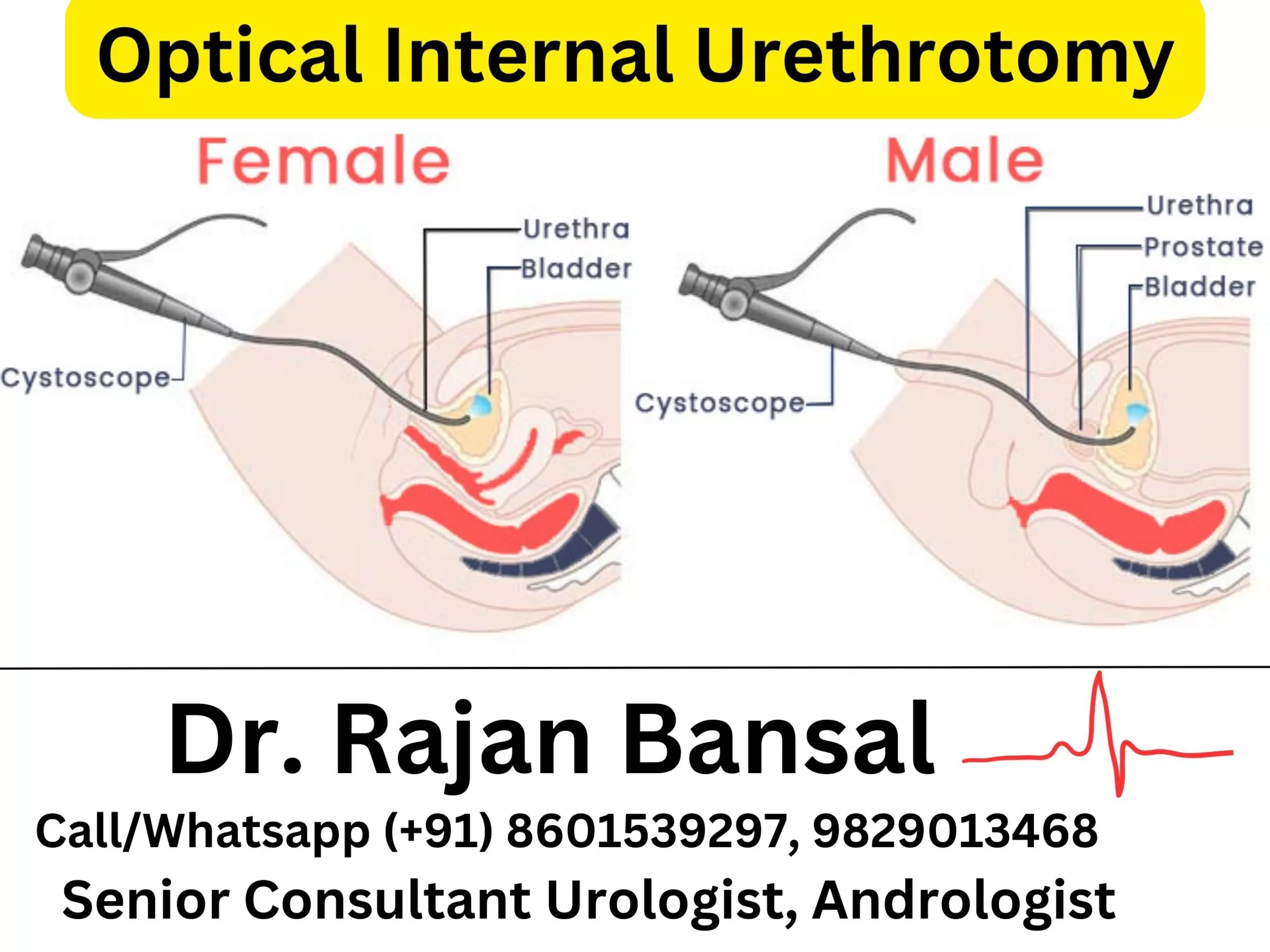Pelvi-ureteric junction obstruction (PUJO) is a medical condition that affects the flow of urine from the kidney to the bladder. It occurs when there is a blockage at the junction of the renal pelvis and the ureter, which can lead to kidney damage and other complications if left untreated. In this article, we will discuss the causes, symptoms, diagnosis, and treatment options for PUJO.

What is Pelvi-Ureteric Junction Obstruction (PUJO)?
PUJO is a condition in which there is an obstruction or blockage at the point where the renal pelvis (the funnel-shaped part of the kidney that collects urine) and the ureter (the tube that carries urine from the kidney to the bladder) meet. This blockage can be caused by a number of factors, including congenital abnormalities, scarring from previous surgery, or a kidney stone lodged in the ureter.
If left untreated, PUJO can lead to hydronephrosis, a condition in which the kidney becomes swollen due to the buildup of urine. This can cause damage to the kidney and potentially lead to kidney failure.
Causes of Pelvi-Ureteric Junction Obstruction
There are several factors that can lead to PUJO. Some of the most common causes include:
Congenital abnormalities: PUJO can be caused by a congenital abnormality in the ureter, such as a narrow ureter or a blockage at the junction of the renal pelvis and the ureter.
Scarring from previous surgery: PUJO can also be caused by scarring from previous surgery, such as a kidney transplant, a previous operation to treat PUJO or following a kidney stone surgery.
Kidney stones: If a kidney stone becomes lodged in the ureter, it can cause a blockage and lead to PUJO.
Symptoms of Pelvi-Ureteric Junction Obstruction
The symptoms of PUJO can vary depending on the severity of the obstruction. Some common symptoms include:
Pain in the side or lower back: This is one of the most common symptoms of PUJO, and it can be caused by the buildup of urine in the kidney.
Nausea and vomiting: If the obstruction is severe, it can cause nausea and vomiting.
Urinary tract infections: PUJO can increase the risk of urinary tract infections, which can cause symptoms such as pain during urination, frequent urination, and fever. Sometimes there can be blood in urine.
Diagnosis of Pelvi-Ureteric Junction Obstruction
If you are experiencing symptoms of PUJO, your doctor may recommend a number of diagnostic tests to confirm the diagnosis. These tests may include:
Ultrasound: An ultrasound can be used to look for signs of hydronephrosis, which is a common complication of PUJO.
CT scan: A CT scan can provide more detailed images of the urinary tract and can help identify the location and severity of the blockage.
DTPA Renal Scan: a DTPA renal scan can be used to assess the severity and functional impact of the obstruction caused by PUJO.
Treatment Options for Pelvi-Ureteric Junction Obstruction
The treatment for PUJO will depend on the severity of the obstruction and the underlying cause. Some treatment options include:
Observation: In some cases, the obstruction may be mild and may not require immediate treatment (this is called borderline PUJ obstruction). The urologist may recommend monitoring the condition and re-evaluating it periodically to ensure that it does not worsen.
Surgery: If PUJ obstruction is documented, surgery may be necessary to remove the blockage. One surgical option is pyeloplasty, which involves removing the blockage and reconstructing the affected area of the ureter ( via open or laparoscopy approach).
Endoscopic procedures: In some cases, endoscopic procedures may be used to remove the blockage or to widen the affected area of the ureter. This procedure is known as Endopyelotomy.
Laproscopic Pyeloplasty: This is the Gold Standard Surgical Option for treatment of PUJ Obstruction.
Best Hospital for PUJO Treatment – Institute of Urology, C Scheme, Jaipur
Pelvi-ureteric junction obstruction is a medical condition that can lead to kidney damage and other complications if left untreated. It is important to be aware of the symptoms of PUJO and to seek prompt medical attention if you experience any of them. With early diagnosis and appropriate treatment, the prognosis for PUJO is generally good.
At Institute of Urology, we aim at prompt diagnosis and swift commencement of treatment protocol in order to minimise any discomfort to the patient and bring quick and long lasting relief. We are equipped with most modern technology and machinery which enables us to offer world class treatment facilities. You can get in touch with me over a call or whatsapp on 8601539297 (Dr. Rajan Bansal) Or you can come and see me directly at the hospital – Institute of urology, c scheme, Jaipur for a more personalised consult. I am available everyday during working hours. You can book an appointment at 9829013468 beforehand so that you do not have to wait and you can consult with me right away.







